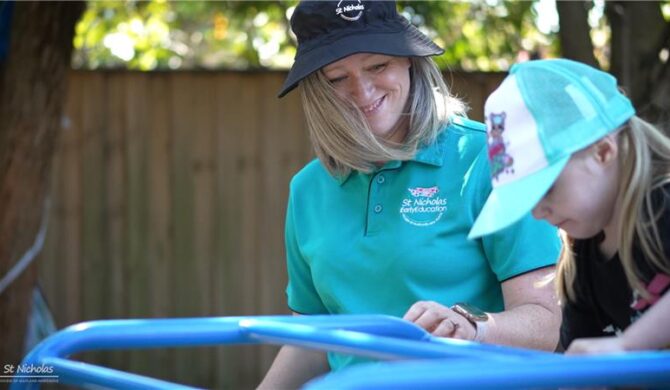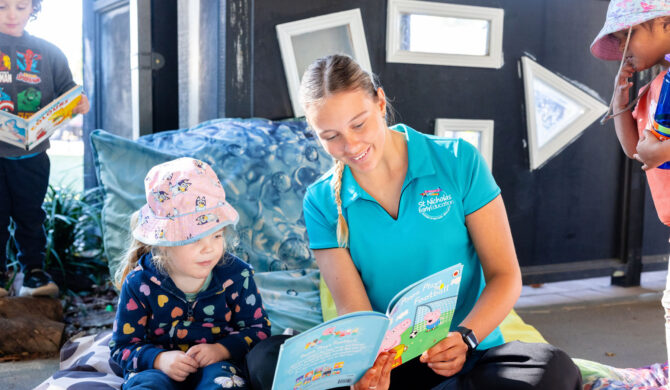Finding the right balance between screen time and other activities is crucial for promoting children’s physical, emotional, and cognitive development.
Understanding the impact
The first step in managing screen time is understanding its potential impact on children’s health and wellbeing. Excessive screen time has been linked to a range of issues, including sleep disturbances, decreased physical activity and delayed language development. Additionally, prolonged exposure to screens can affect children’s attention spans and social skills, making it vital to set reasonable limits.
Setting limits
Setting limits on screen time may seem challenging in a world where screens are ubiquitous, but it’s essential for promoting a healthy lifestyle. Establishing clear rules and boundaries around screen use can help children develop self-regulation skills and prevent over-reliance on technology. Consider creating a screen time schedule that allocates specific time slots for different activities, such as homework, outdoor play and screen-free family time.
Leading by example
Children learn by example, so it’s essential for parents and caregivers to model healthy screen habits. Limit your own screen time when around children, and prioritise face-to-face interactions and quality time together. Use screens mindfully and purposefully, focusing on activities that enrich your lives rather than passively consuming content. By demonstrating responsible screen use, you can instill positive habits in your children and foster a healthy relationship with technology.
Encouraging alternative activities
One of the best ways to manage screen time is by offering plenty of alternative activities that engage children’s bodies and minds. Encourage outdoor play, imaginative play and creative activities that stimulate children’s creativity and promote physical activity. Provide access to a variety of toys, books and art supplies to spark their interests and keep them entertained without relying on screens.
Establishing screen-free zones
Designate certain areas of your home as screen-free zones to promote family bonding and communication. Consider making bedrooms and dining areas off-limits to screens, allowing for uninterrupted sleep and meaningful conversations during meals. Create cozy reading corners or play areas where children can unwind and engage in screen-free activities.
Monitoring content
When allowing screen time, be mindful of the content your children are exposed to and ensure it’s age-appropriate and educational. Utilise parental controls and filtering software to restrict access to inappropriate content and monitor your child’s online activities. Encourage open communication about what they’re watching or playing and discuss any concerns or questions they may have.
Flexibility and adaptability
Lastly, remember that managing screen time is not about strict rules or deprivation but rather finding a balance that works for your family. Be flexible and willing to adapt your approach as your children grow and their needs change. Focus on fostering a healthy relationship with technology and promoting overall wellbeing for your children and your family.














